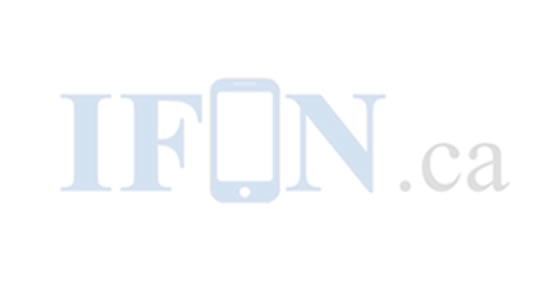
In GarageBand for Mac, do one of the following: Drag a loop to an empty area of the Tracks area, below the existing tracks. A new track of the appropriate type (audio, software instrument, or Drummer) is created, and the loop is added to the new track. Drag an audio loop (blue) to an audio track.
Also know, can you import loops into GarageBand? Importing and indexing our Apple loops into Garageband is really, very easy. In a nutshell you simply drag and drop the apple loops from a ‘Finder’ window directly into your loop browser while Garageband or Logic is open.
Also, where is Apple loops in GarageBand?
- Tap Filter by, then do any of the following: Tap Sound Pack, then select one or more sound packs. Tap Type, then select Audio Loops, MIDI Loops, or Drummer Loops. Tap Scale, then tap a scale mode.
- Tap Apple Loops in the upper-left corner to view the filtered results in the Loop Browser.
People ask also, what is Apple loops in GarageBand? Apple Loops are prerecorded musical phrases or riffs that you can use to easily add drum beats, rhythm parts, and other sounds to a project. These loops contain musical patterns that can be repeated over and over, and can be extended to fill any amount of time.
Likewise, how do I import Apple Loops?
- Open a Finder window alongside Logic Pro.
- Navigate to the folder that contains the Apple Loops.
- Select the Apple Loops in the folder and drag them into the Loop Browser.
Save the audio file in an accessible location. Create a new document in GarageBand with an Audio Recorder track and head to Tracks View. Open the Loop Library and import your file into Files list. Drag the file from the Loop Library into the project you’re working on.
How do I import a sample into GarageBand IOS?
Does GarageBand have free loops?
Load up on Apple Loops for Garageband Macloops is a massive resource for free apple loops and samples. … All you need to do to start downloading our apple loops right now is sign up for a free membership and then get searching for the sounds you want.
Are GarageBand loops Royalty Free?
The GarageBand software license agreement says: “GarageBand Software. You may use the Apple and third party audio loop content (Audio Content), contained in or otherwise included with the Apple Software, on a royalty-free basis, to create your own original music compositions or audio projects.
Where can I buy Apple Loops?
Loops you’ve created in Logic Pro will be saved in your Home folder under /Audio/Apple Loops/User Loops/. To access these loops from the Finder: Choose Go > Go to Folder from the menu bar. Type ~/Library/Audio/Apple Loops in the “Go to the folder” field.
What key are Apple Loops in?
By default, loops play in the project key.
How do I access Apple Loops?
Loops you create in Logic Pro are saved in your Home folder under /Audio/Apple Loops/User Loops/. To access these loops from the Finder: Choose Go > Go to Folder from the menu bar. Type ~/Library/Audio/Apple Loops in the “Go to the folder” field.
How do you make your own loop?
- Make sure that your beginning and end points are accurate.
- Choose a point in the rhythm with a sharp attack.
- When you record the part, set a metronome (click track) in your system and play along to it.
- Give your looped music a more human feel.
How do you make an apple loop?
- Choose File > Export > Region/Cell to Loop Library.
- Control-click the regions, then choose Export > Add to Loop Library from the shortcut menu.
- Drag the regions into the Loop Browser.
- Press Control-Shift-O.
How do you make a loop on GarageBand?
- In GarageBand on Mac, control-click the region, then choose Loop On/Off from the shortcut menu. The region loops repeatedly until the end of the project.
- To unloop the region, control-click the region, then choose Loop On/Off from the shortcut menu again.
How long does indexing Apple Loops take?
Can take 5 to 20 minutes, depending on the number of loops and the power of your Mac.
